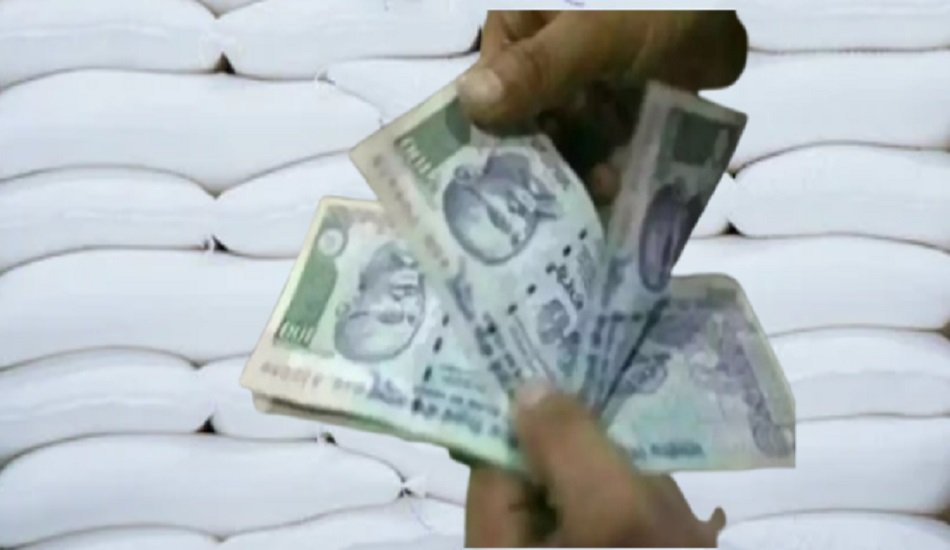Farmers in north India suffer a fertiliser shortage and must pay extra
Shankar Lal Nagar, a farmer from Rajasthan’s Bundi district, had to travel three kilometres from his hamlet last Sunday to buy urea. He waited in line for eight hours before purchasing the urea.
‘First, we have to stand in line to acquire the parchi (token), then we have to go to another location to collect the urea, and then we have to stand in line again,’ he explained.
Nagar questioned whether he would be able to achieve his complete requirement of 30 bags if he only sold 1-2 bags per day. ‘I began at 6 a.m. I left early in the morning and returned around 2 p.m. in the afternoon,’ the farmer explained, adding that several farmers had been waiting since 5 a.m.
Also Read | PM Modi officially launch ‘One Nation One Fertilizer’ & release ₹16,000 cr PM-KISAN
‘Because of the scarcity, they’re urging us to take one or two bags and return a week later to buy more,’ Ramdev Gurjar, also of Bundi, Rajasthan, said. ‘The mustard seeding was finished last month, and there was a similar scarcity of DAP as it has to be administered before planting to prepare the land,’ he explained.
Arrival delay
Potato farmers in Agra, Uttar Pradesh, complained about receiving di-ammonium phosphate (DAP) late. The timely arrival of DAP could have aided farmers who had to apply less and spend more to obtain crop nutrition.
‘There was a two-week delay in receiving DAP. After two rakes came on Wednesday, there will now be enough to meet the demand for the next few days,’ said Rajvir Lavanya, president of the Bharatiya Kisan Union’s Agra unit (BKU). Because Agra is the center of the potato-growing Aligarh-Mathura-Agra area of Uttar Pradesh.
Om Prakash, a farmer in Indore, Madhya Pradesh, had anticipated such a situation and had acquired extra bags in August. He is currently making use of them. ‘Neither urea nor DAP are available.’ Even if they are available, the societies only sell them to their members,’ Prakash explained. Many farmers in the MP district of Bhind recently purchased fertilizers from the neighboring Uttar Pradesh district of Jalaun, where the use of chemical crop nutrients is typically lower than in other areas.
This season, key rabi-producing regions including Rajasthan, Madhya Pradesh, and Uttar Pradesh have been impacted by the non-availability or delayed supply of fertilisers, urea, and DAP.
According to official data, the opening stock of DAP, muriate of potash (MOP), and complex (NPKS) as of October 1 was lower at 14 lakh tonnes (lt), 5 lt, and 20 lt, respectively, compared to the last three years’ average of 37.05 lt, 12.14 lt, and 35.20 lt. Urea, on the other hand, has an opening stock of 58 lt, which is higher than the last three years
‘Because seeding began earlier than usual in several crops this year, the government should have secured adequate availability,’ said an industry analyst.
Also Read | India has ample supplies of fertilizers, no shortage for upcoming rabi season
A top fertilizers ministry official recently downplayed the long queues in front of retail stores, stating that ‘it is normal in train stations and airports.’ It is natural to observe some rush if a shopkeeper has a family wedding and closes the business for two days.’
According to reports, Fertilizer Ministry officials advised the States during the Rabi meeting in September that urea availability for the entire season would be 261 lt, compared to the estimated demand of 180 lt. Similarly, DAP availability is anticipated to be 58 lt versus 55 lt demand, MOP supply at 15 lt versus 14 lt, and complex at 76 lt versus 57 lt.


















Add Comment